
Rocky Mountain coal mine in Alberta takes next step to expansion
In Alberta, a massive open-pit coal mine near Jasper National Park is hoping to expand...
Get the inside scoop on The Narwhal’s environment and climate reporting by signing up for our free newsletter.
When the federal government dropped its review of Ontario’s Highway 413 this spring, environmental concerns were left unresolved — a lot of them, a newly released document shows.
If built, Highway 413 will ring around Toronto’s northern and western suburbs, crossing farmland, forests, waterways and Ontario’s Greenbelt. The Trudeau government started reviewing the project’s environmental footprint in 2021, citing impacts on three federally protected species at risk and public concern. That effectively paused the highway for three years while Ontario worked on an initial report in response, meant to kickstart the federal impact assessment process.
Ontario submitted one draft of the report in June 2023. The previously unreleased document obtained by The Narwhal contains 37 pages of the federal Impact Assessment Agency of Canada’s feedback on it, sent to Ontario in August 2023.
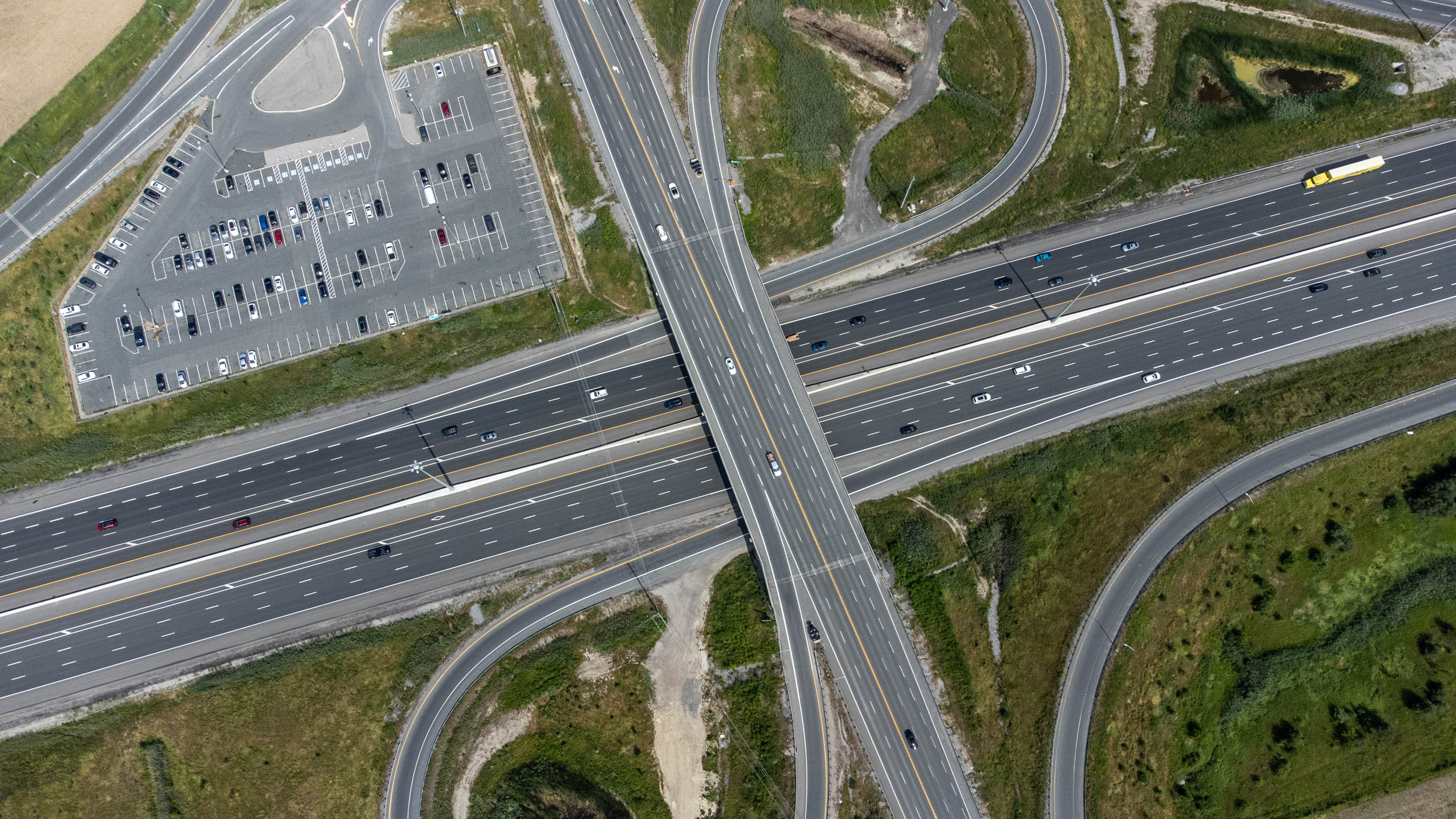
In the feedback, the federal government sounded alarms about how Highway 413 could affect species at risk, wildlife corridors and rivers. It also raised red flags about key information Ontario seemed to be missing, and a lack of attention to Indigenous Knowledge.
Last fall, however, the law guiding federal impact assessments was thrown into question after the Supreme Court of Canada found it was “unconstitutional in part,” prompted by a challenge from Alberta. Ontario followed up with a court challenge of its own — and the federal government agreed in April to drop its review of Highway 413 rather than risk another loss in court.
“What choice did I have? Not a whole lot,” federal Environment Minister Steven Guilbeault said at the time.
Highway 413 has gone full steam ahead since, with some oversight by a joint federal-provincial review panel convened as a condition of the agreement to drop the impact assessment.
Ontario’s Ministry of Transportation didn’t answer questions about the document, including whether any of the issues highlighted in it have since been addressed. In recent weeks, Premier Doug Ford has dismissed environmental concerns about the 413, saying the province has studied it enough and should now “build the damn highway.”
“We have been working on this environmental assessment since before Moses,” he told reporters last month.
“There’s hundreds of thousands of people stuck in their cars, backed up from here to Timbuktu, and you’re worried about a grasshopper jumping across a highway.”
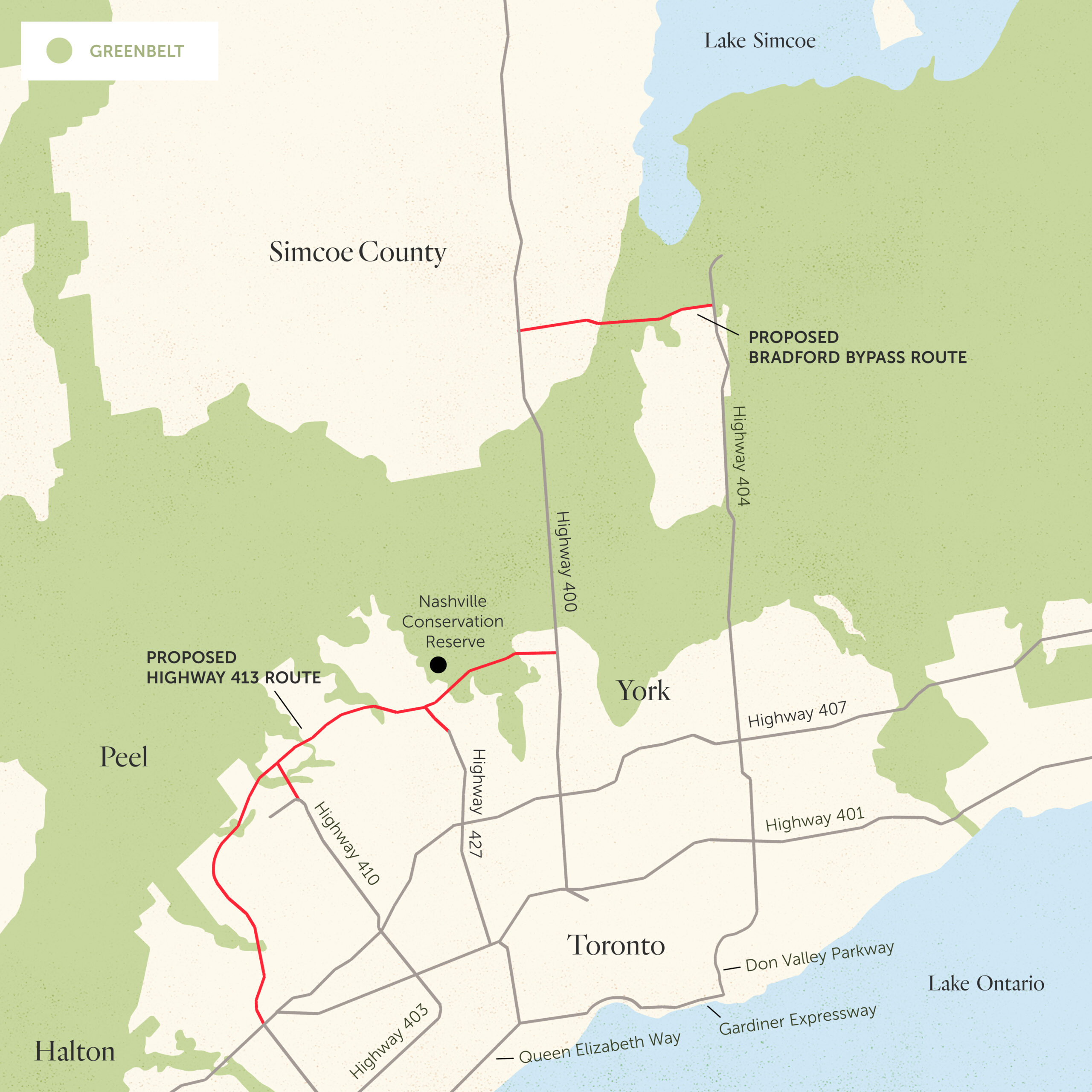
The charity Environmental Defence obtained the same document through its own request. Executive director Tim Gray said the document illustrates why federal intervention was needed in the first place. He also called on the federal government to start another review under its newly updated rules, which are meant to comply with the Supreme Court ruling.
The Ford government hasn’t done its homework on the project’s environmental impacts, Gray said. “The fact that the province isn’t paying attention to these issues isn’t surprising, given the views about these issues at the very highest level.”
The Impact Assessment Agency of Canada didn’t directly answer questions from The Narwhal about whether any federal concerns have been put to rest since summer 2023, and whether Guilbeault would consider subjecting the project to a fresh review.
In a statement, the agency said new requests for reviews “will be assessed on a case-by-case basis.” It also said the federal-provincial working group is trying to resolve issues with the highway that fall under federal jurisdiction, and the agency is “optimistic” it will be able to “support a process to identify appropriate measures that will help avoid, and lessen, the impacts of the project on federally listed species at risk and their critical habitat.”
The agency also said Ontario has agreed to consult with Indigenous Peoples in accordance with federal guidelines.
When the federal government first started its review of the project, one of the species at risk it pointed to was the western chorus frog, which is classified as threatened by the federal government but isn’t protected under Ontario law.
The document details why the federal government was concerned: Highway 413’s route will intersect the “largest patch of critical habitat for western chorus frog in Ontario,” it reads, and minor shifts in the route are unlikely to change the level of risk — the species can be harmed by indirect impacts from highways up to 2.4 kilometres away. Nearly 30 hectares of the frog’s habitat could be destroyed by the project, it notes, an area roughly equivalent to 30 sports fields.
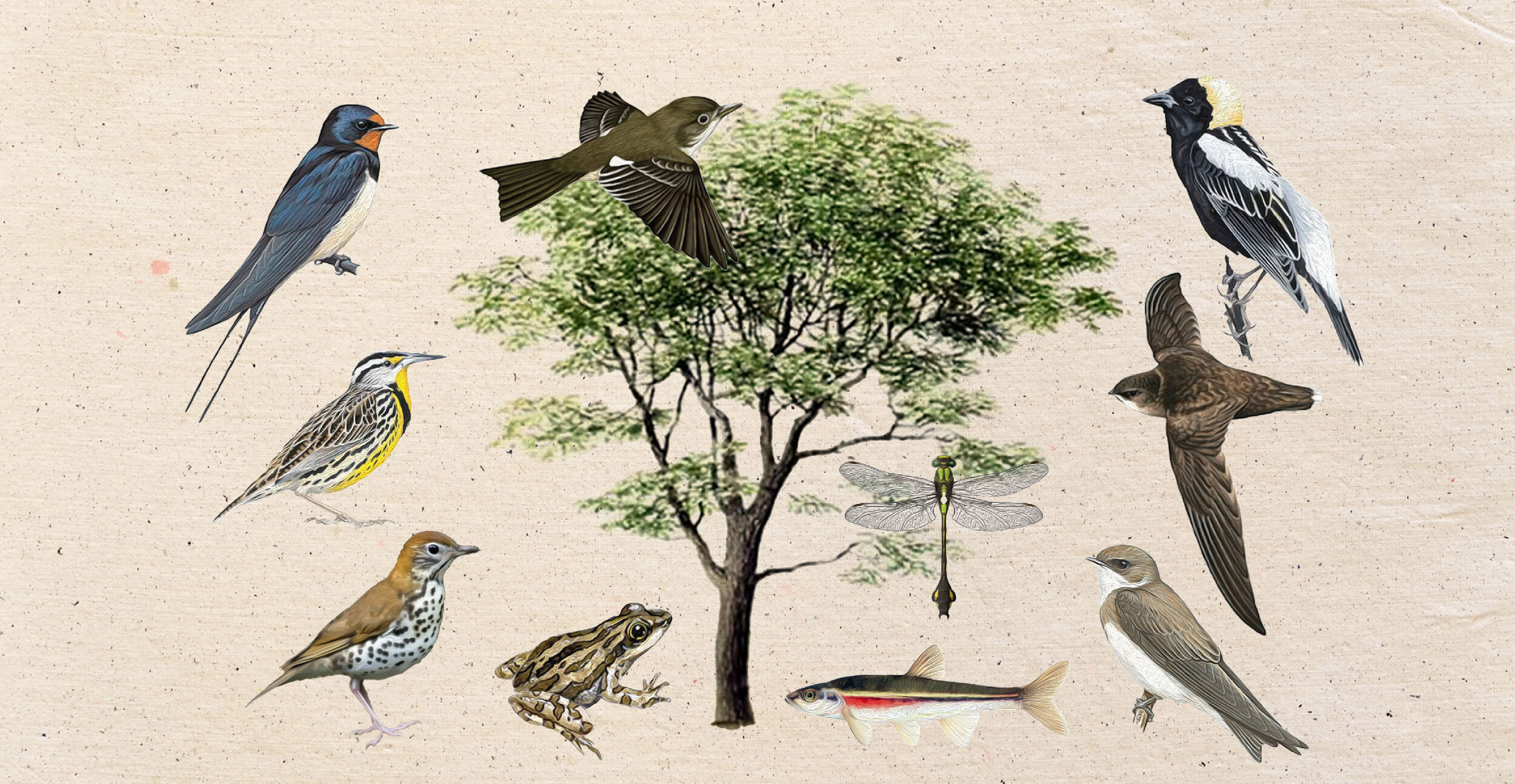
Ontario’s plans to minimize harm to the frog were inadequate, the Impact Assessment Agency suggested. Not only did the province use the wrong protocol to survey the population living along the route, the document says, it also hasn’t left enough of a buffer between the planned highway and western chorus frog habitat. Ontario’s plans are “missing key pieces of information” and lack standard measures that could help the species, the document says.
The document also notes Ontario said it intends to transplant the frogs into new, human-made habitats — but there are “few examples” of that technique working for the species.
The agency also raised concerns about impact to the rapids clubtail, a threatened dragonfly that relies on unpolluted rivers and streams and has just five subpopulations left in Ontario — including one on the Humber River, which the highway would pass over north of Toronto.
Runoff from highways can drive pollution into nearby waterways, including from road salt. Ontario’s plans lacked information on how it would make up for the loss of the dragonfly’s habitat, and minimize harm to the species.
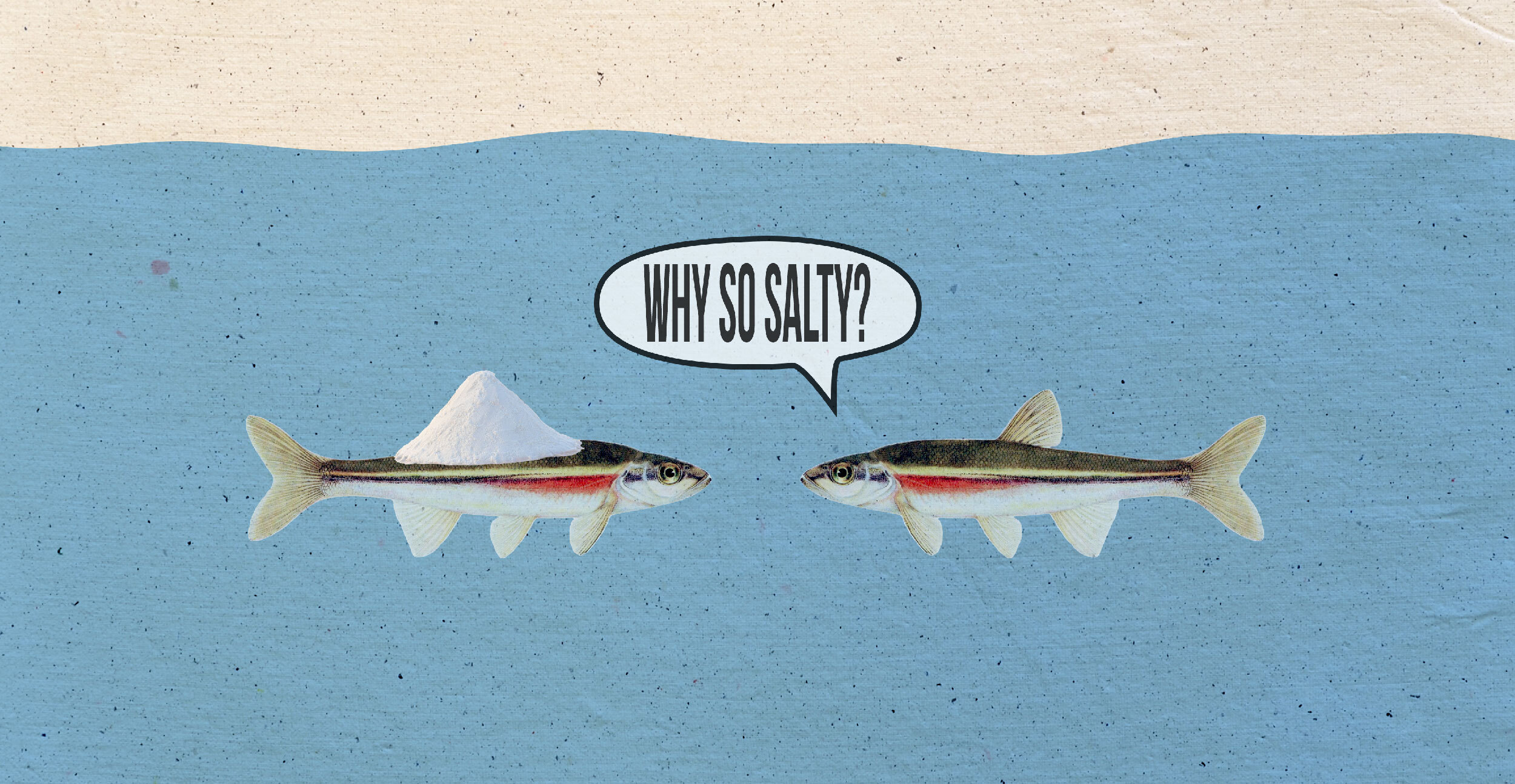
Road salt runoff could also harm the redside dace, an endangered minnow, and the threatened silver shiner. Ontario’s plans didn’t account for the silver shiner and lacked detail on how it would minimize harm to the redside dace, the document says.
Ontario’s plans also lacked data on the migratory birds to be affected by the highway, the agency said in the document. This, too, is of federal concern, since many bird species have been protected as part of a treaty between Canada and the United States since 1916.
The Impact Assessment Agency raised concerns about how Highway 413 might impact wildlife more generally. The Humber River valley is a major wildlife corridor that connects Lake Ontario to Ontario’s Greenbelt and adding to the abundance of development in the area could make it harder for species to migrate through. Road construction could also impact water levels on sections of the Humber and Credit rivers travelled by boat, the document says. Such waterways are federally regulated, and changes to them can require federal approval.
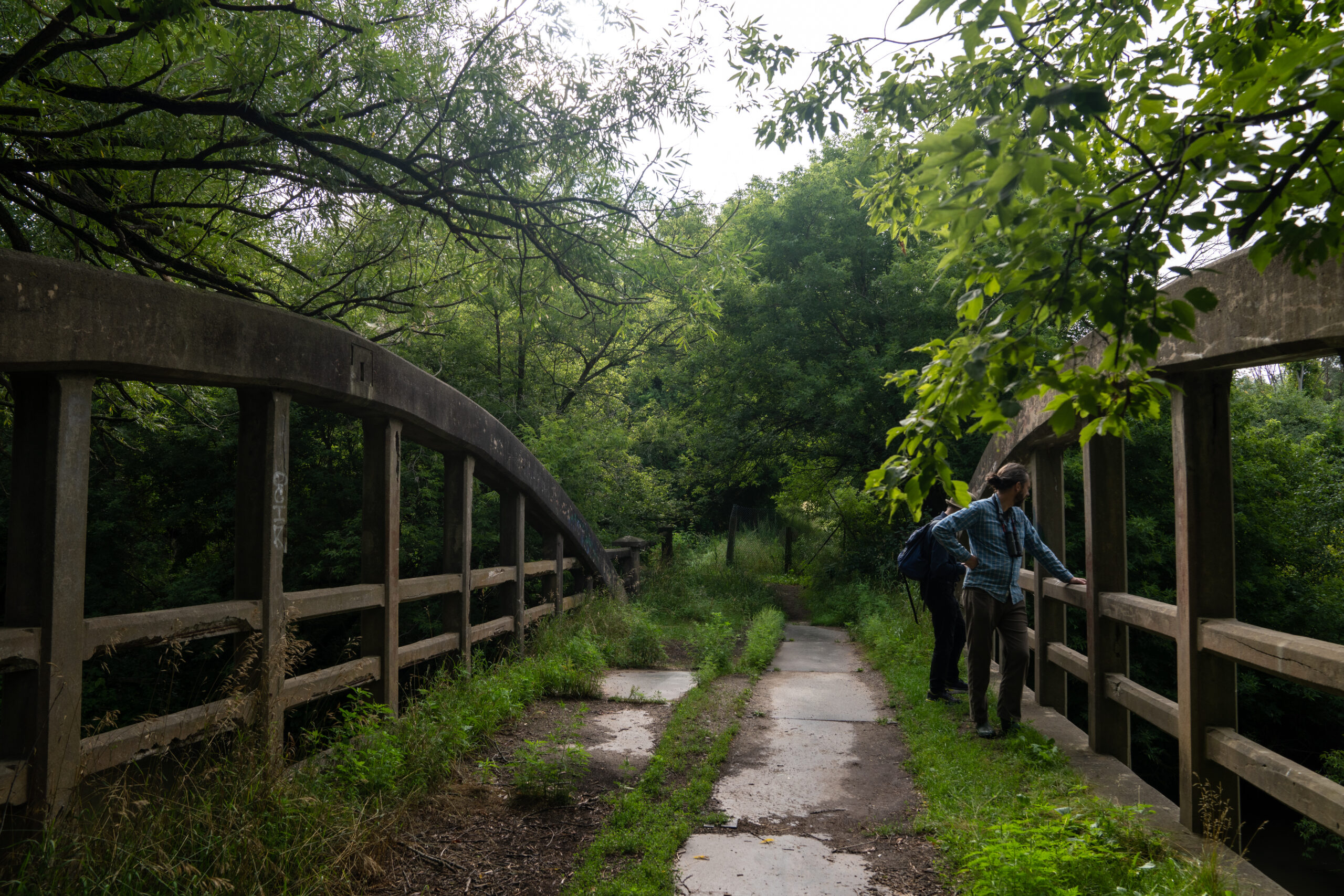
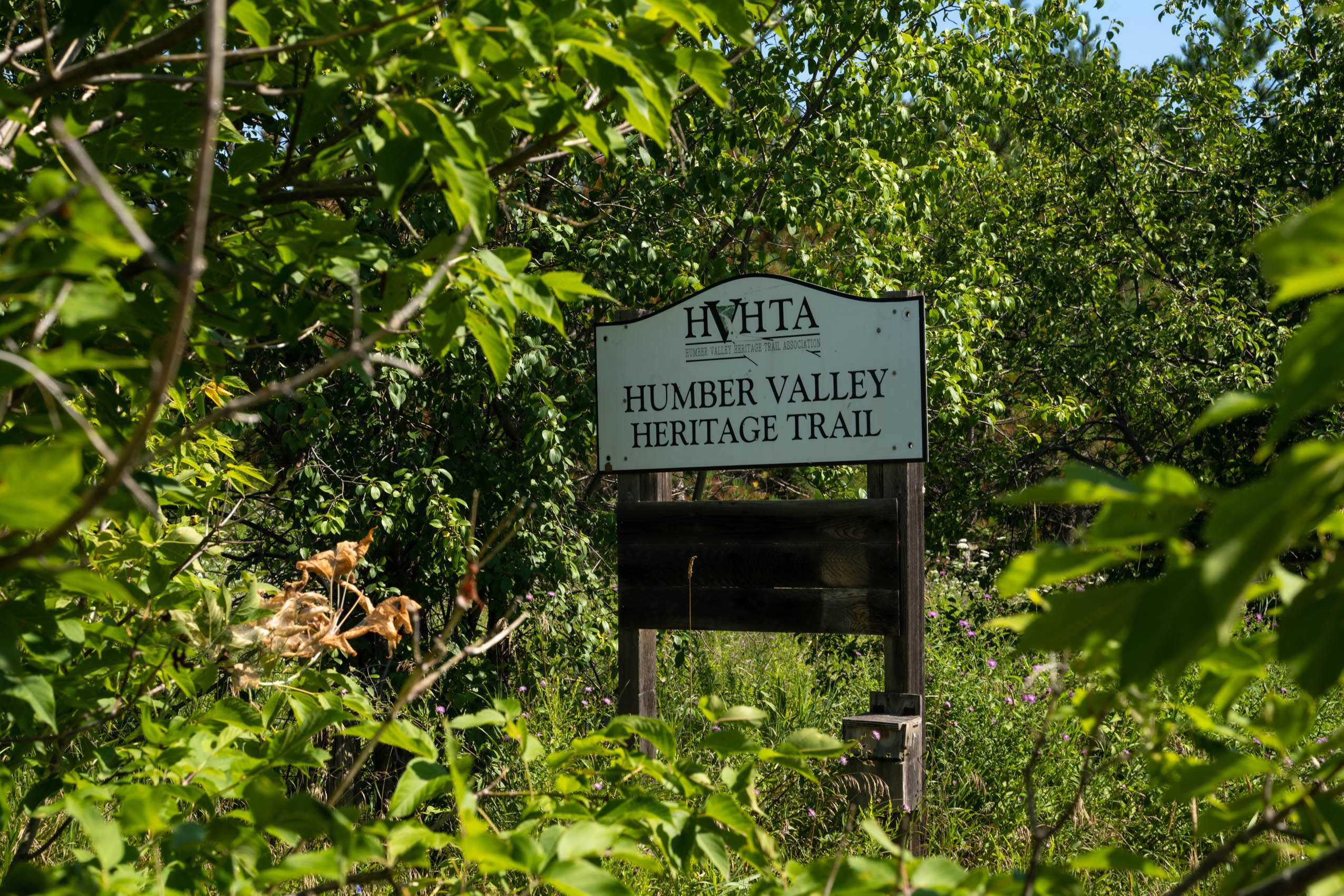
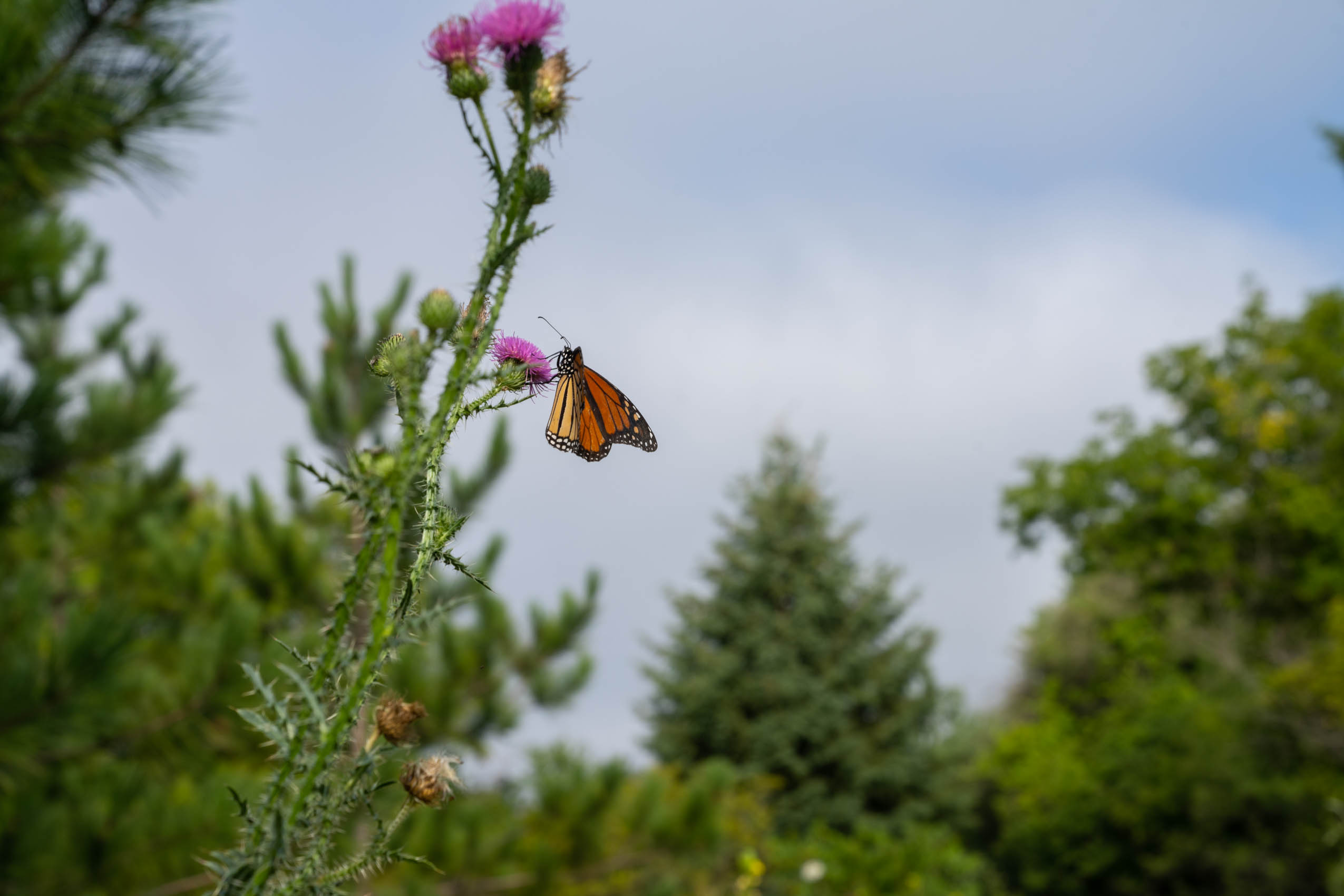
In the document, the federal government pointed to several more areas where Ontario was missing key information, like how Indigenous Peoples are currently using the land around the highway — something that’s required as part of the constitutional duty to consult.
The federal government also pointed out gaps around air pollution and greenhouse gas emissions from Highway 413. Although the province said it planned to make the project net zero by 2050, the document says its plans contained no detail on how that would happen.
— With files from Carl Meyer
Get the inside scoop on The Narwhal’s environment and climate reporting by signing up for our free newsletter. A $335 million funding commitment to fund...
Continue reading
In Alberta, a massive open-pit coal mine near Jasper National Park is hoping to expand...

A trade war could help remake B.C.’s food system, but will family farmers be left...

First Nations are leading efforts to make sure lake sturgeon can find a home in...
